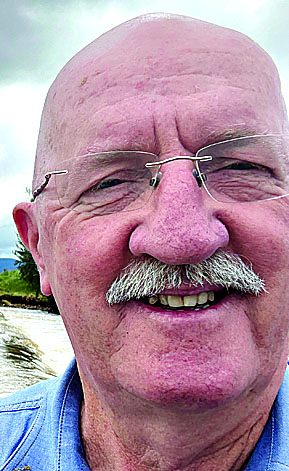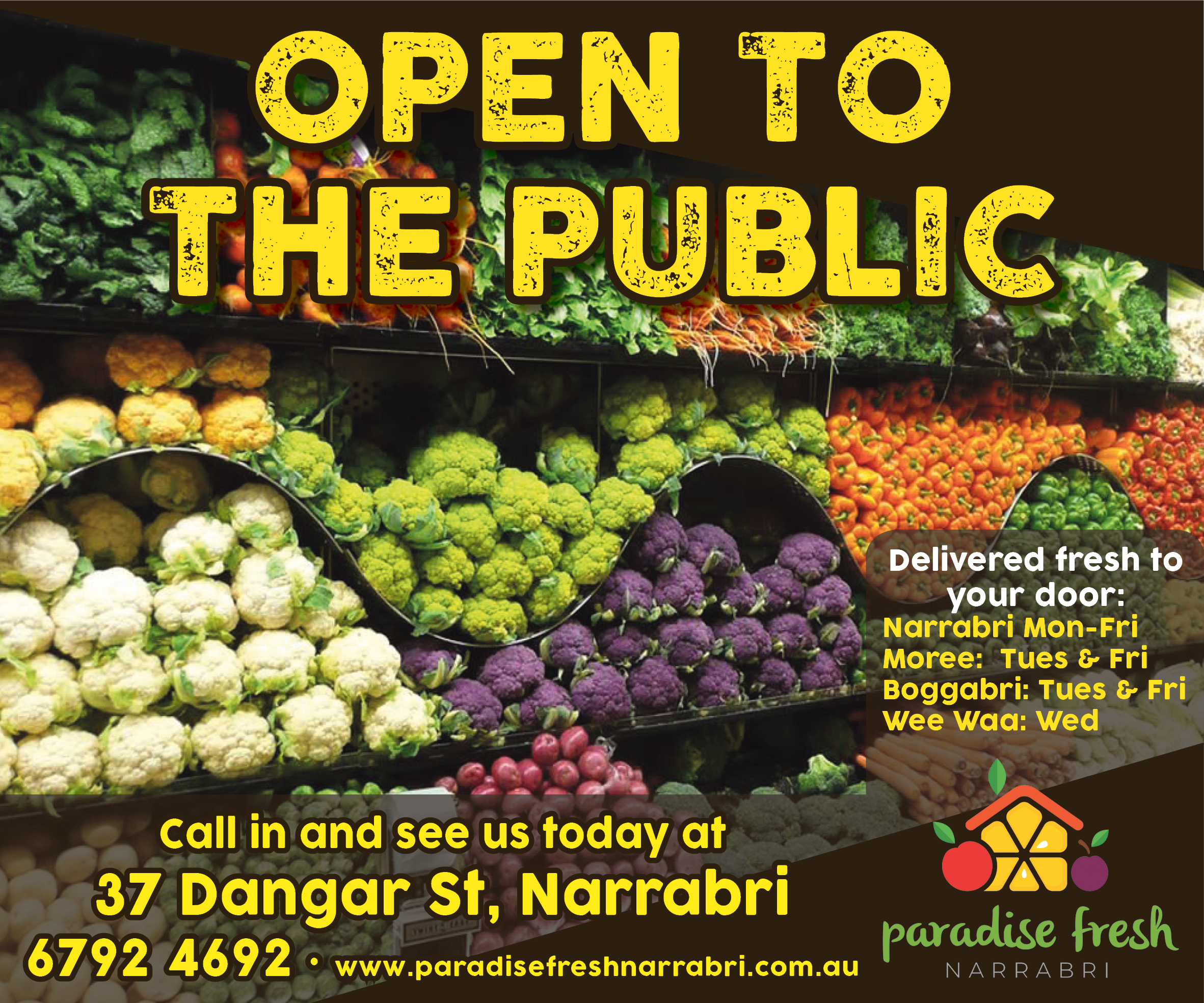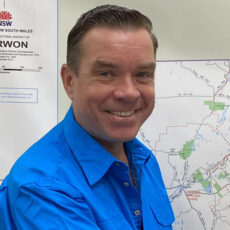The word, ‘Advent’ is usually associated with the first season of the new Church liturgical Calendar leading up to Christmas.
Advent can also be associated with ‘the arrival of a notable person or thing’. Mr Google tells us that the first day of Advent begins a four-week period of preparation for the nativity of Jesus Christ at Christmas.
Advent is recognised in churches by the colour purple on altar, priests and pulpit liturgical linen. For Christians, it heralds the prophetic voice that ‘Someone is coming’.
During Advent we reflect on how we can prepare our hearts and homes for Christ’s nativity in the world as it is today.
On Christmas Day, the angelic message is that ‘Someone has come’.
For many of us raised in the Church, the period of Advent becomes a dominant theme in the Christian calendar and focusses our attention on the coming of the Christ-child.
I can remember back to when a philosophical movement known as Rationalism had at its centre the practice of basing opinions and actions on reason rather than on religious belief or emotional response.
Rationalism even worked its way into theology (the study of God) by utilising reason as the ultimate authority in religion or the practice of faith.
Biblical texts relating to miracles were filtered through the lens of rationalism and theologies developed accordingly.
Though rationalism is still one of the foundational frameworks for the study of theology and the practice of faith, and is still dominant in Australian society, government policy and educational theory, I believe there’s a new way the media in particular is influencing our personal interaction and societal decision-making. It’s called Disruptive Activism.
As a long-standing, Uniting Church Chaplain to the Australian Defence Force (40 years), and now the Frontier Ser vices Barwon Remote Areas Bush Chaplain, I have noticed that the Advent of Disruptive Activism has embedded itself in the way we do business, how we relate to each other and how the media can influence us.
Activism is neither good or bad – it is a way to communicate and carry out a social agenda in societies and communities.
Some activism achieves desired results, other activism can have less desirable or disruptive outcomes.
The most important thing is to recognise the goals, emotionalism, and processes inherent within activism’s key endeavours.
Disruptive activism and political agendas can become entwined and be strange bedfellows due to their competing priorities and different desired outcomes.
Activists on the other hand, are individuals or groups with their own agenda… sometimes loosely coordinated at global, national or local levels or tied to particular issues or linked to issues like climate and environment.
Some disruptive activists have played havoc with many elements of our society from farming, agriculture, food and fibre production, etc.
For me, I think that all Australians need to be aware of the goal of being disruptive and the goal of activism, and recognise, think through and decide how we are going to respond to whatever the goals of activism requires rather than being manipulated by media hype, group think, emotionalism or reactive bullying and violence.
Now where was I? That’s right … back to Season of Advent and the countdown to Christmas.
May peace, joy, love and hope be with you and yours in abundance. Christmas Blessings.
To order photos from this page click here








